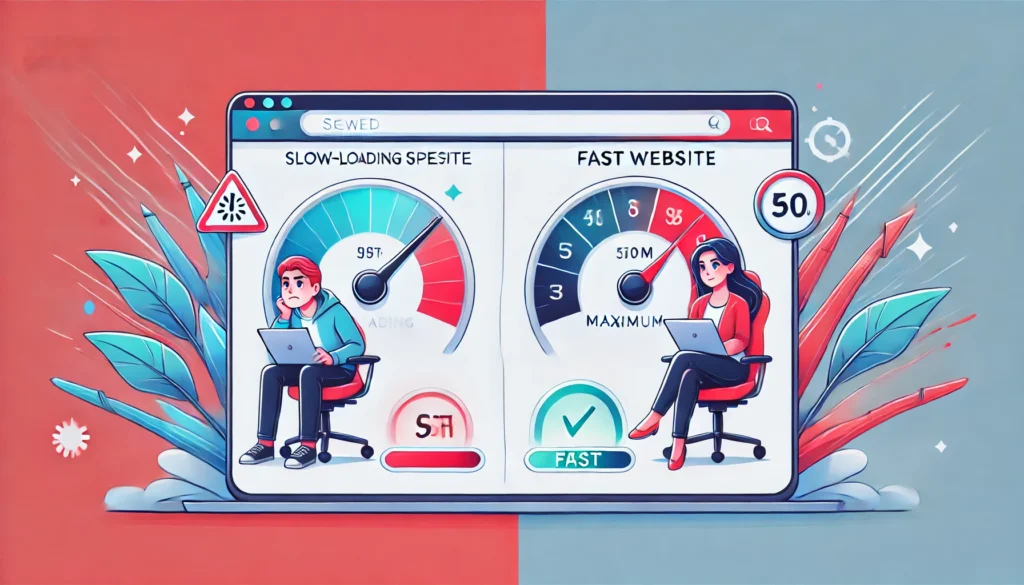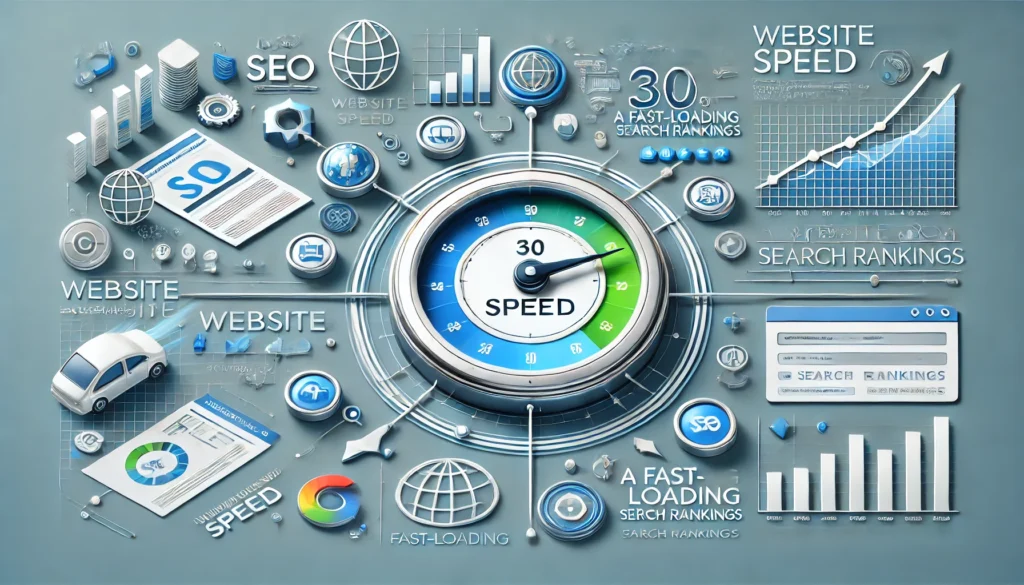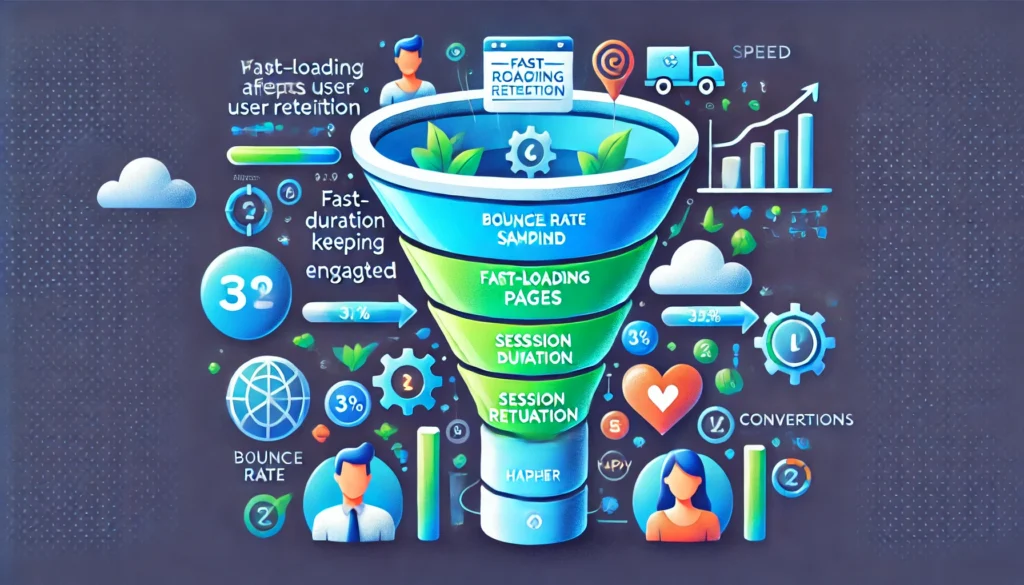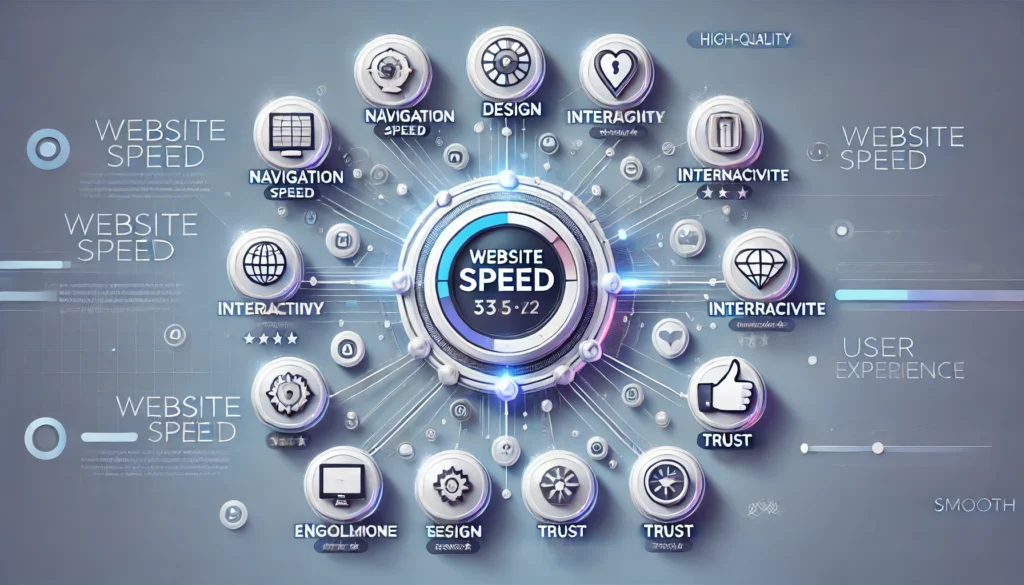Google’s Core Web Vitals have become a defining factor for modern websites seeking to stand out in search results while delivering a high-quality user experience. Since these metrics are pivotal to how Google evaluates the health and performance of your online presence, understanding and optimizing them can dramatically improve both your site’s rankings and the satisfaction of your visitors. The journey toward a faster, more stable website involves grasping what these vitals are, why they matter, and how you can leverage them to future-proof your online platform. The following exploration delves into these essential metrics, revealing their impact on search visibility and user engagement, and offering insights on how to stay ahead of the curve with practical techniques.
The Foundation of Google’s Core Web Vitals

Core Web Vitals revolve around three critical measurements of a site’s performance, each focusing on a distinct aspect of user experience. The first is Largest Contentful Paint, often abbreviated as LCP. This metric tracks how quickly the main content of a page loads. A pleasingly short LCP is typically under 2.5 seconds from the moment a visitor clicks on your link. If the most significant content on your page appears rapidly, users will feel that your site is fast, even if smaller items continue to load afterward.

The second metric is First Input Delay, known as FID. It measures the time between the user’s first interaction with a page element and the moment the browser is able to respond to that interaction. For example, if someone clicks on a button, FID records how long it takes for that click to register and produce a visible result. A low FID—ideally under 100 milliseconds—helps users feel an immediate sense of responsiveness, making your site appear dynamic and agile.
Cumulative Layout Shift, or CLS, is the third pillar and addresses visual stability. Nobody wants to click on a button that unexpectedly shifts just as they tap, resulting in a misclick. CLS calculates how much the page layout unexpectedly moves during the loading process. A stable layout below a CLS score of 0.1 keeps visitors from experiencing unpredictable jumps and fosters trust in your site’s overall polish.

To give a more tangible representation of how LCP, FID, and CLS integrate, imagine three cogs in a machine: if one spins more slowly or unpredictably, the entire system suffers. Speed is essential, responsiveness is paramount, and stability is indispensable. A short load time is impressive, but if the site feels laggy during the first user interaction, visitors can feel frustrated. Conversely, a quick page that jumps around as it loads betrays an unpolished experience. When these three vitals operate in harmony, your site achieves the fluid, refined quality that not only satisfies Google’s ranking algorithms but delights your users.
Below is a conceptual illustration that visually aligns these metrics in a simplified way. Even though it’s only a basic graphic, it helps to see how each component contributes to the overall page experience:
+-------------------------+
| Largest Contentful |
| Paint (LCP) |
+----------+-------------+
|
v
+-------------------------+
| First Input Delay |
| (FID) |
+----------+-------------+
|
v
+-------------------------+
| Cumulative Layout Shift |
| (CLS) |
+-------------------------+
In this simplified diagram, LCP is at the top because it directly influences the first visual impression. FID follows closely, measuring how soon your visitors can start interacting effectively with the loaded content. CLS is at the bottom, stabilizing the entire experience so that no unpredictable layout changes degrade the sense of control and reliability that users crave.
Improving Web Vitals for a Better Page Experience
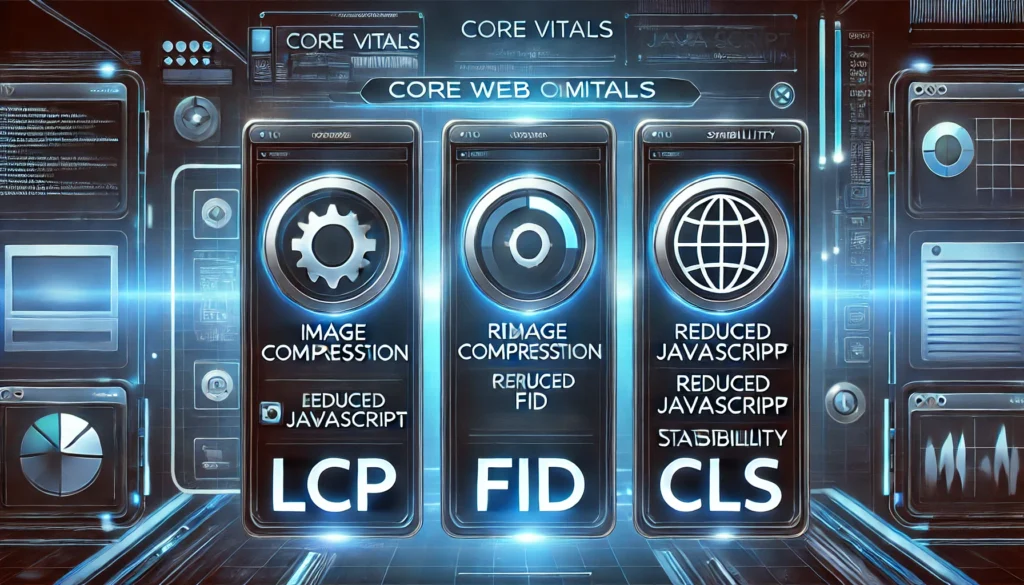
Enhancing LCP often begins by optimizing your server and reducing unnecessary scripts so that your main content loads swiftly. This might involve compressing images, enabling efficient caching, and streamlining JavaScript execution. The less time it takes to show essential content, the more effectively you capture user attention before they become impatient. Eliminating render-blocking scripts also ensures that page elements display in a timely fashion, preventing idle browser periods.
Lowering FID frequently centers around making your code more efficient and deferring tasks that are non-essential during initial loading. Reducing JavaScript bundle sizes can go a long way, as large scripts take more time for the browser to parse and execute. Instead of forcing the user’s device to process everything at once, you can break tasks into smaller chunks. Once the critical scripts for user interaction are loaded, visitors can start clicking, typing, and swiping without a noticeable lag.
Stabilizing CLS involves keeping a watchful eye on how elements load and ensuring they occupy reserved space, so there is no abrupt shifting. Large images or ads inserted above the fold without specifying dimensions often cause content to move around. Using placeholders or explicitly defined width and height attributes helps maintain layout integrity. Carefully designed loading transitions also convey a sense of professionalism by assuring the user that content is appearing exactly where it should.
Working on these three metrics simultaneously can transform your website into a smooth, reliable environment. The end result is not merely an improved Google ranking, but an upgraded user experience that encourages longer sessions, higher engagement, and more conversions. Whether you are an e-commerce store seeking to boost revenue or a blogger looking to retain readers, nailing these vitals sets the foundation for growth.
When it comes to measuring progress, Google provides tools like PageSpeed Insights, Lighthouse, and the Core Web Vitals report in Search Console. These resources offer detailed performance breakdowns. But for deeper, real-world data, you can rely on the Chrome User Experience Report, which gives insights based on actual user device conditions, network speed variations, and browser differences. Through iterative testing and refinement, each improvement you make can be validated with these resources, moving you closer to the ideal performance thresholds.
Now that you see the profound impact and complexity of Core Web Vitals, you might wonder how to incorporate these best practices into your own online platform. This is where a dedicated and experienced web development partner comes into play.
Your Path to an Optimized Future
Achieving high performance on Google’s Core Web Vitals calls for ongoing monitoring, strategic changes, and a commitment to a user-first philosophy. Implementing these technical optimizations in code, images, and server configurations can appear daunting, especially when you also need to manage content, marketing, and day-to-day business tasks. Maintaining top rankings and user satisfaction requires consistent tweaks, updates, and oversight. Yet the benefits are well worth the effort. Sites that excel in LCP, FID, and CLS see better organic visibility, lower bounce rates, and more robust conversions.

That is why partnering with a professional web development studio can become an invaluable asset. At VadImages, we specialize in crafting high-performing, visually engaging websites that incorporate all the latest principles of user experience and search engine optimization. Whether you are launching a new project or want to enhance an existing platform, our team can guide you through the intricacies of code optimization, image compression, server configurations, and layout stability.
VadImages offers a holistic approach to web development. We begin by analyzing your site’s current status using specialized performance tools, identifying precisely where speed bottlenecks and layout shifts are happening. Our experts then craft a step-by-step plan, which might include refactoring code, lazy-loading images, deploying content delivery networks, and streamlining front-end frameworks. Throughout each stage, we keep user engagement in the forefront, balancing aesthetics, functionality, and performance to create sites that not only rank well but also resonate with visitors.
Imagine the impact of having a page that loads its most critical elements nearly instantly, reacts to user interactions fluidly, and never jarringly shifts components around. It delivers a sense of immediate trustworthiness. Customers can focus on your products, services, or content, rather than waiting for incomplete elements to appear or reappear. Over time, this leads to increased loyalty, lower abandonment rates, and an enviable position in organic search results.
Google’s algorithmic shifts have shown again and again that websites with strong user experiences are favored. By prioritizing performance at every step, your site becomes resilient to algorithm updates because it aligns with Google’s core ethos: the best possible experience for each searcher. This future-proofs your online presence, enabling sustainable growth no matter how many times the ranking criteria evolve.
Staying at the forefront of these optimizations also fosters innovation in your design and development processes. Code reviews, performance audits, and monitoring tools become part of your regular workflow, feeding constant insights back into your platform’s architecture. This continuous loop of improvement means you never rest on past successes. Instead, you refine your site based on real-world data and emerging best practices, forging a website that is adaptable, modern, and consistently user-centered.
The path forward involves cultivating an environment that values both creativity and technical precision. High-quality visuals can coexist with quick load times. Complex interactive elements can work smoothly if they are engineered with efficiency in mind. As you adopt this mindset, the idea of achieving top Core Web Vitals metrics changes from a one-time goal to an ingrained ethos that elevates every aspect of your site.

VadImages stands ready to help you navigate this process. With our specialized web development knowledge, we can lighten the load, ensuring your site meets and exceeds Google’s requirements without sacrificing any of the unique identity or functionality that defines your brand. Our passion lies in turning advanced technology into seamless experiences that capture attention, convert leads, and cultivate lasting relationships.
This is the future of digital presence: a harmonious blend of performance, design, and usability. Core Web Vitals serve as the backbone of that future, providing tangible, data-driven goals that demonstrate your commitment to each visitor’s satisfaction. Let us help you chart a course toward a website that thrives in search rankings and makes a memorable impression every time someone lands on your pages.
If you are looking for a partner who truly understands the nuances of Google’s Core Web Vitals and is ready to integrate them into a broader vision of online success, consider VadImages. Our dedicated team is prepared to tailor solutions to your unique needs, laying the groundwork for a swift, fluid, and stable site that excels in user engagement and search engine visibility. Together, we can transform the complexities of performance optimization into a cohesive strategy that propels your brand forward.
Your website is more than an online business card—it is often the first interaction potential customers have with your brand. Ensuring that interaction is smooth, welcoming, and fast is no longer optional. It is an indispensable component of your broader marketing and customer relations strategy. When a site offers instant loading of key elements, instantaneous reaction to clicks, and a layout that stays put, visitors feel in control and engaged. They are more likely to stay, explore, and come back for more. In the end, that is the essence of a memorable digital experience: consistent, satisfying, and efficient.
With Google’s Core Web Vitals playing a major role in ranking decisions, ignoring them is a risk no serious site owner can afford. Embracing them, on the other hand, unlocks powerful advantages that extend well beyond better placement in search results. It fosters brand loyalty, encourages repeat visits, and sets you apart in a crowded online marketplace. By focusing on LCP, FID, and CLS as interconnected components of a user-focused ecosystem, you position your website to thrive under the constant flux of search engine evolution. Let VadImages be your guide on this journey, and see for yourself how a performance-centric approach can revolutionize your site.


